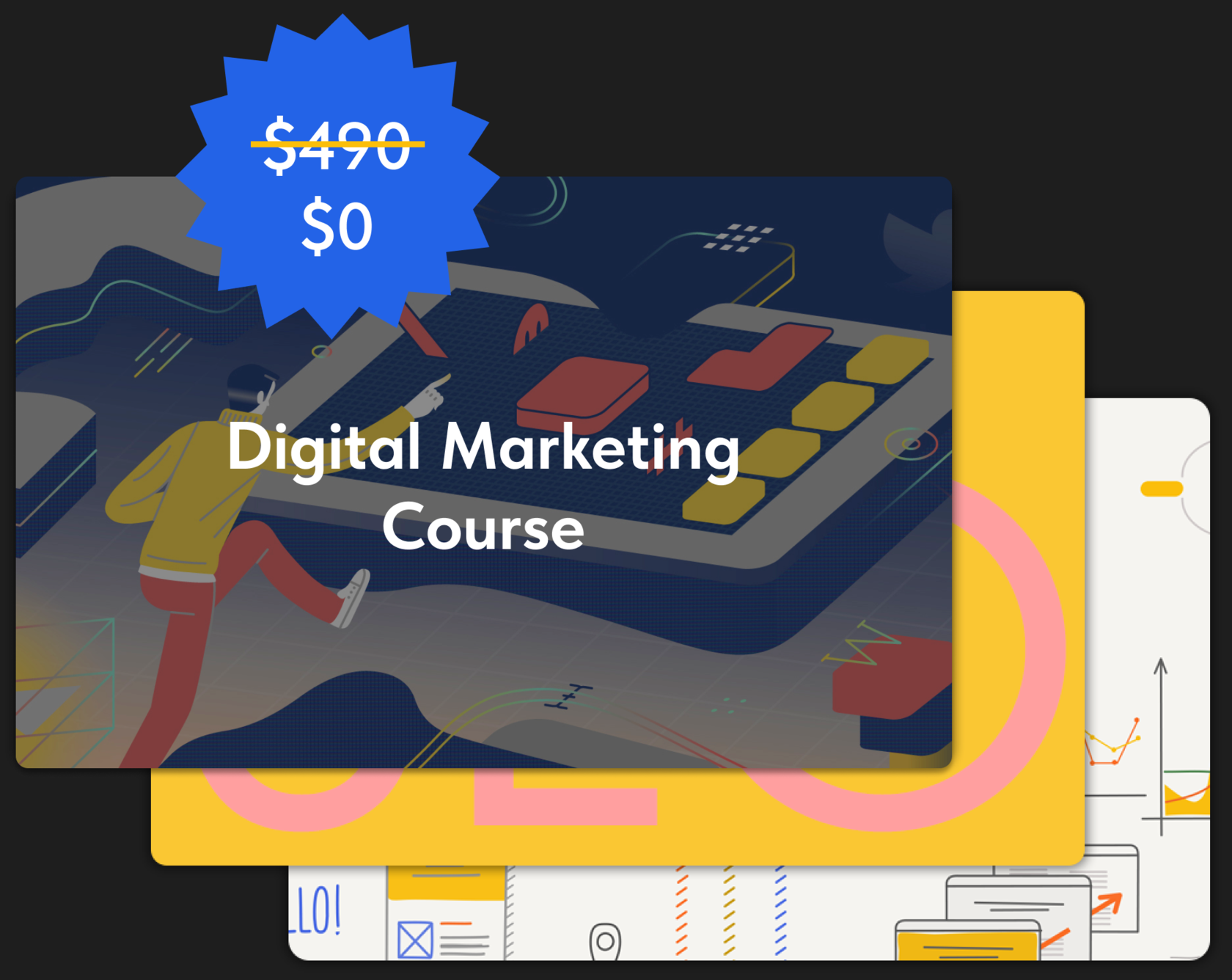In an ideal scenario, combine three types of content:
Viral
Materials people are eager to share—like practical tips, step-by-step guides, or funny and provocative posts—anything with viral potential has the chance to result in more traffic.
Expert
Content that establishes you as an authority or expert on the topic includes market research, comparative analyses, expert interviews, and posts that provide in-depth explanations of what makes your product special or break down your business/product strategy.
Sales-Focused
This is the content on your website that focuses on your products or services, explaining their benefits in detail—why people should choose you.





